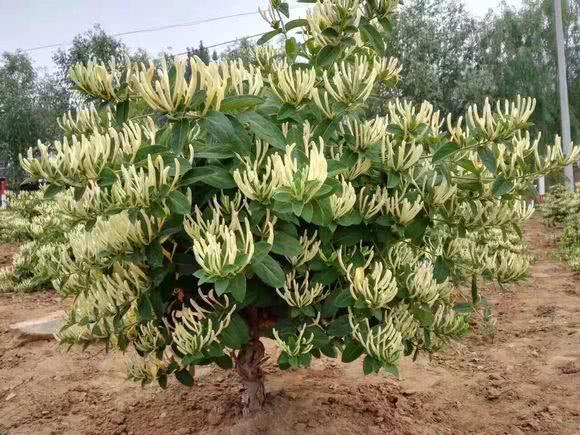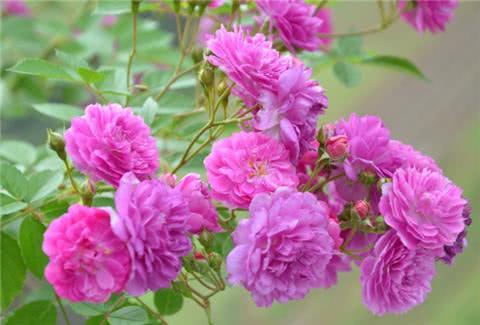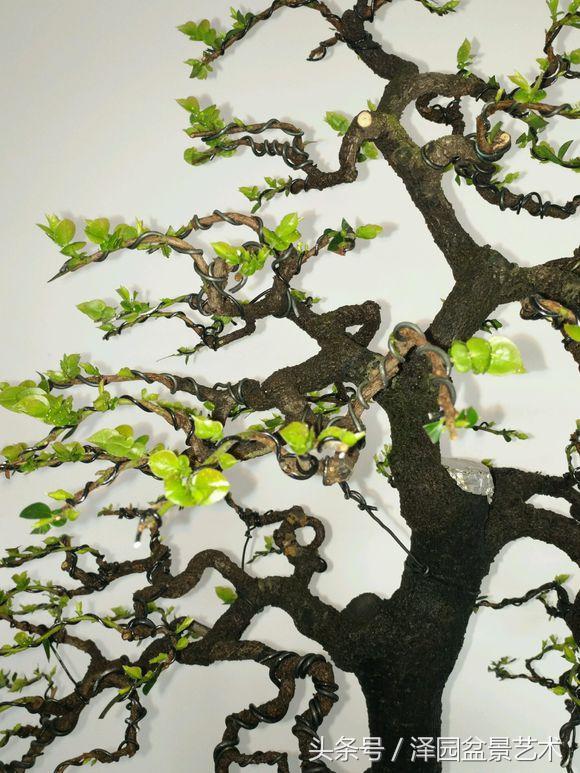Three kinds of plants with a florescence of up to 100 days can be used as family heirlooms when they grow up to be old stakes.

The best-known function of flowers and plants is to purify the air, especially to absorb a lot of harmful gases such as formaldehyde, so flower friends often put flowers and plants on the balcony, most of them are green, and green can make people relax. It is very pleasant for people to come home from work, and it also plays the role of decoration. Some flowers bloom for a long time. Let's have a look!
The "three" plants with a florescence of up to 100 days can still be used as "family heirlooms" after they grow into old stakes.
In fact, these three kinds of plants are often seen by us, and can also be seen by the roadside. They are honeysuckle, primrose and magnolia. Although they have seen them, they are not necessarily raised. They are beautiful after flowering, and they have a long flowering period. They can be raised at home. There are many benefits of raising potted green plants. People have less activities when they are old. If they raise some flowers and plants, they have to be watered and fertilized, which also plays the role of physical exercise.
The first kind: honeysuckle
The florescence of honeysuckle is usually from April to June in summer. Honeysuckle blossoms in autumn, followed by fruit ripening. The influencing factors of non-flowering: sunshine, plenty of sunshine, and good ventilation will be conducive to flowering. Soil, to ensure the nutrition of the soil, appropriate amount of phosphate fertilizer should be applied, and pruning should be done during the growth period.
For flowering flowers, it is impossible without the sun, and the length and intensity of the sun also have a great impact on flowering. Honeysuckle does blossom all the year round, but it does not blossom every day, because after blooming once, it takes about twenty days for new branches to sprout. If you want to bloom frequently, you need to plant not only 8 to 10 trees, but also control the florescence through pruning.
The second kind: primrose
The flowering period of primrose is from February to May every year, the flowers are yellow, with fragrance, and the berries are black and purple. The application of light fertilizer once or twice before flowering can prolong the flowering period and increase the flowering quantity of spring. Remember, do not fertilize during flowering. Organic fertilizer can be applied once after the spring flowering. In summer, phosphorus and potassium fertilizer can be applied. Organic fertilizer is applied once a month in autumn to increase the cold resistance and freezing resistance of the plant.
Primrose is mainly cut, and it can also be propagated by pressing and dividing plants. Cutting, spring, summer and autumn can be carried out, cut semi-lignified branches 12-15 cm long, inserted into the sand, keep moist, about 15 days to take root. By pressing, the longer branches are shallowly buried in the sandy soil without scratching, take root after 40-50 days, and separate and transplant from the mother plant the following spring.
The third kind: gentleman orchid
The gentleman orchid has a very tenacious vitality, the life span is generally in several decades or even longer, and the gentleman orchid has a high ornamental value, it is very beautiful and elegant in appearance, the leaves are straight and green, the petals are large but the color is very bright, and the fruit is red and bright. it is known as viewing flowers in one season, fruits in three seasons and leaves in four seasons.
If the sun-loving plant is raised in a dark and humid environment, the plant will wither, its leaves will be withered, even it will be flowerless and fruitless, and it will die in a short time. At this time, Cymbidium is a good helper. Because the orchid is a 100% positive plant, it can not grow normally when the light is insufficient, which can be used to test whether the light is sufficient.
- Prev

These two kinds of flowers bloom throughout the year with intoxicating fragrance and easy to breed and easily explode.
Today, I would like to introduce two kinds of flowers with intoxicating fragrance, blooming in four seasons, easy to burst pots and beautiful blossoms. I believe you will like them! Sweet carriage sweet carriage, is a miniature rose, also known as exploding purple. The flower color is bright purple, easy to explode, multi-season.
- Next

Black bone tea and triangular plum
Do you like this article? Share it now and let more people know! The content of this site is rich, broad and profound, editors select daily hot information, update at any time, click "receive the latest information first" to browse it! Please continue.
Related
- Wuhan Hospital Iron Tree Blooming Result Was Instantly Frightened by the Gardener Master
- Which variety of camellia is the most fragrant and best? Which one do you like best?
- What is the small blue coat, the breeding methods and matters needing attention of the succulent plant
- Dormancy time and maintenance management of succulent plants during dormancy
- Minas succulent how to raise, Minas succulent plant pictures
- What are the varieties of winter succulent plants
- How to raise succulent plants in twelve rolls? let's take a look at some experience of breeding twelve rolls.
- Attention should be paid to water control for succulent plants during dormant period (winter and summer)
- Watering experience of twelve rolls of succulent plants
- Techniques for fertilizing succulent plants. An article will let you know how to fertilize succulent plants.

